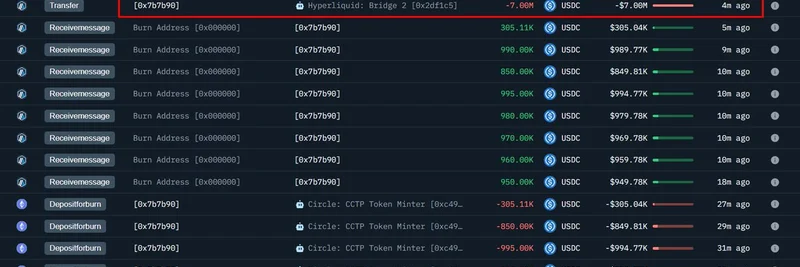In the fast-evolving world of cryptocurrency, Digital
🔍 Examining thread content
- The thread comes from Matt Hougan, CIO at Bitwise Invest, and focuses on DATs, which seem to refer to companies holding crypto like MicroStrategy.
Asset Treasuries (DATs) are grabbing headlines. These are essentially companies that hold significant amounts of crypto assets like Bitcoin on their balance sheets. But not all DATs are created equal. Recently, Matt Hougan, CIO at Bitwise Invest, shared a thoughtful thread on X (formerly Twitter) breaking down why some DATs deserve to trade above their net asset value (NAV) while others might dip below. Let's unpack his insights and see what they mean for investors in the meme token and broader blockchain space.
Hougan kicks off by addressing a common question: What makes a DAT worth paying attention to? The key, he says, is whether the company is tackling something truly challenging. If a DAT is simply buying crypto and parking it on the balance sheet, that's no longer a big deal. It used to be tough, but with today's tools and regulations, it's straightforward. In those cases, you're probably better off with a crypto ETF, which offers similar exposure without the corporate overhead.
This point holds even if the DAT is staking its assets—putting them to work in proof-of-stake networks to earn rewards. Why? Because many ETFs now include staking features too, leveling the playing field.
Now, for the interesting part: What counts as "hard"? Hougan points to MicroStrategy as a prime example. At first glance, it might seem like they're just hoarding Bitcoin, but dig deeper. MicroStrategy holds a whopping $64 billion in Bitcoin against only $8 billion in debt. That's $56 billion in pure Bitcoin equity, which isn't easy to achieve. Raising that kind of capital debt-free in a corporate setup? Good luck trying.
With that equity base, MicroStrategy can issue convertible debt or preferred shares to buy even more Bitcoin. In bullish markets, this strategy can drive the stock to trade at a premium over its NAV. It's a smart leverage play that's hard to replicate.
Hougan doesn't stop there. He highlights other tough strategies DATs could pursue, like writing covered calls on crypto holdings (selling options to generate income while holding the asset), dipping into DeFi (decentralized finance) protocols wisely, or making strategic loans. These aren't foolproof—execution matters, and not every company will nail it. But if done right, they could justify a premium valuation.
On the flip side, lazy DATs that just buy and hold without adding value? Expect them to trade at a discount. Why pay extra for something you can get cheaper through an ETF?
Ultimately, Hougan reminds us that DATs are just companies. Good ones get rewarded for innovation and execution; bad ones get punished. This rings true in the crypto world, where meme tokens often thrive on community hype but need real utility to sustain value. If you're eyeing meme projects with treasury elements, think about whether they're doing the hard stuff—like building DeFi integrations or unique staking mechanisms—to stand out.
For more on how these strategies play out in real time, check out Hougan's full thread on X. It's a must-read for anyone navigating the intersection of traditional finance and blockchain.
As the crypto landscape heats up, keeping an eye on DATs could offer clues for meme token trends. After all, strong treasuries often fuel the next big pump. Stay informed, and happy trading!

